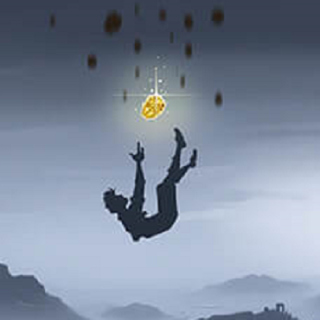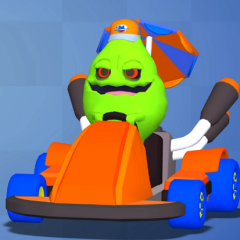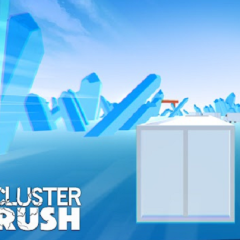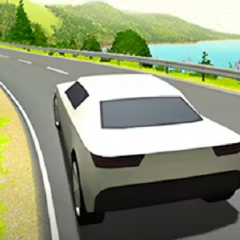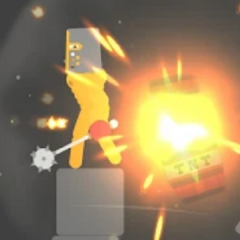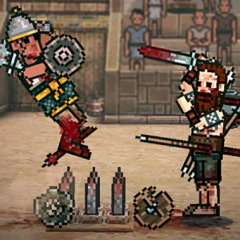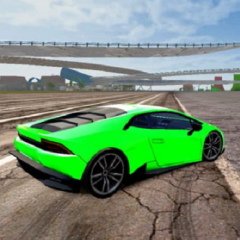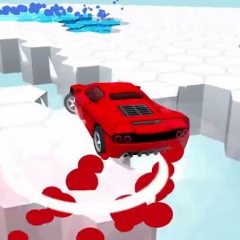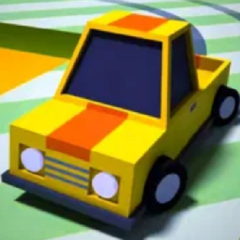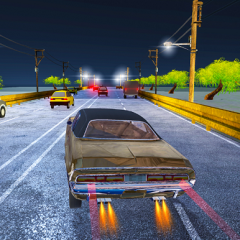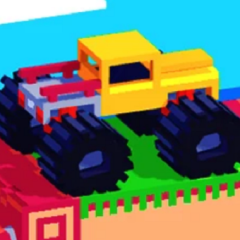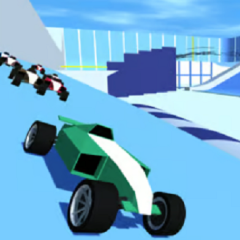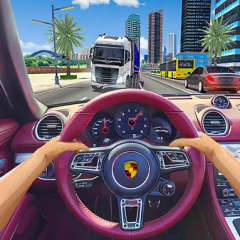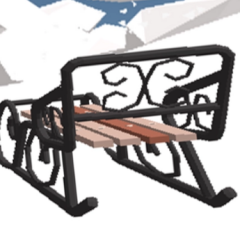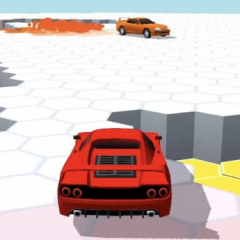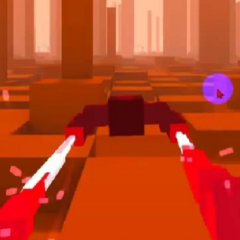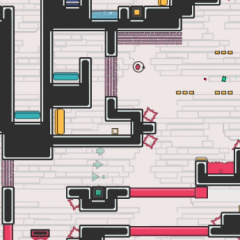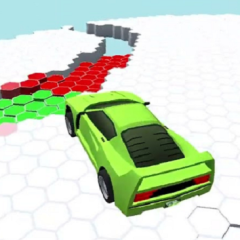Temple Run 2 is an endless runner game where the player escapes through ancient ruins while being chased by a large creature. The gameplay starts immediately after stealing an idol, triggering a pursuit across narrow paths, crumbling bridges, ropes, mine tracks, and other obstacles. The objective is to survive as long as possible by jumping, sliding, and turning at the right moment while collecting coins scattered along the route. The longer the player survives, the faster the game becomes, increasing the difficulty with each passing second.
Controls, Movement, and Hazards
Players use swipe controls to guide their character—up to jump over gaps, down to slide under barriers, and left or right to turn sharply around corners. The game also uses tilt mechanics to collect side-aligned coins. Hazards include tree roots, cliffs, rotating blades, fire traps, and mine carts, all of which appear in randomized combinations. Every obstacle demands a different response, and a single mistake—like mistimed input or failure to avoid an edge—can instantly end the run or trigger the chasing creature to catch up.
Core features of Temple Run 2 include:
- Endless running with increasing speed
- Swipe and tilt-based controls
- Randomized environmental obstacles
- Coin collection for upgrades and power-ups
- Different maps and characters with unique animations
Coins collected during the run serve multiple purposes. They can be used to upgrade power-ups like magnet duration or shield strength and to unlock new characters and outfits. Power-ups are picked up during the run and include speed boosts, coin magnets, shields, and score multipliers. These tools help players extend their runs, especially in the early stages of each attempt.
Maps, Visuals, and Variations
Temple Run 2 introduces more detailed environments compared to its predecessor. Locations such as Sky Summit, Blazing Sands, Frozen Shadows, and Lost Jungle all bring new visuals, terrain types, and themes while keeping the gameplay structure intact. Some maps add exclusive obstacles or movement changes, like sliding through waterfalls or dodging spinning wheels in mines. The character models and animations are updated, making each run look more dynamic without changing the core mechanics.
Temple Run 2 builds on the original game by adding more complexity, variation, and visual polish without losing the simple swipe-based gameplay. It’s designed to be easy to start but hard to master, relying on quick reflexes and precise movements. Players return to beat their previous scores, unlock upgrades, and explore new map variants. The combination of increasing speed, evolving obstacles, and coin-based progression creates a constant loop of risk and reward that defines each run.



